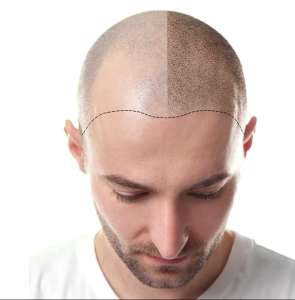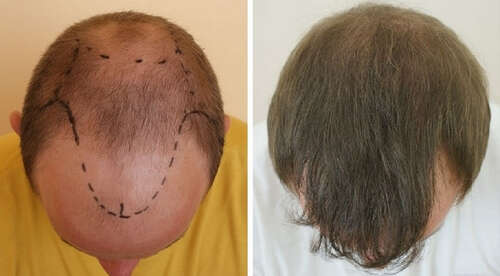 About Hair Transplant
About Hair Transplant
Hair Transplant
Hair transplantation – also called follicular unit transplantation, is a surgical procedure that involves moving hair follicles from one part of the body (donor) to another area (recipient) where additional hair density is desired. Most cases involve moving scalp hair from the back and/or sides of the head to areas where it has been lost eg the front and top of the scalp in androgenetic (pattern) alopecia.
How is it performed – This procedure is performed as a day case under local anaesthesia. It involves removing hair follicles by punching out individual hair follicle groupings (follicular units) one by one (follicular unit extraction or FUE).
Who is suitable – If you have a form of hereditary hair loss known as androgenetic (pattern) alopecia then you are suitable for this procedure as long as you have enough donor hair to be transplanted to make a difference to your appearance. Other types of hair loss that can be treated by hair transplantation include: scars from accidents, scalp surgery scars, burns or chemical damage; traction alopecia from tight braiding.
Who is not suitable ? – Hair loss caused by conditions that are on-going or recurrent such as alopecia areata, thyroid disease, diabetes, anaemia, hair-pulling (trichotillomania); drug induced hair loss; and postpregnancy hair loss to name a few.
How many procedures will pt need – Depending patient one or repeat session may required
Is it permanent – The hairs that are removed from the back of the head have no DHT receptors, and even if they are moved they remain programmed to continue growing so such hair transplanted does not fall out.
Will I continue to lose hair ? – This is very likely if you have androgenetic (pattern) alopecia although in some cases the hairloss does slow down and plateau after a certain age. Medical treatments can be used to slow down or stop ongoing hair loss but these only work as long as you continue to use them.
What are the possible side effects of the surgery ? – After surgery you will have small scabs in the transplanted area for up to 2 weeks. You may develop swelling in these areas, and have mild pain, or redness. Infection is very rare. In the donor area you will have a narrow scar (usually about 1mm wide) or small punch scars which can normally be hidden by your remaining hair.
Will I need to take time off work – This will depend on your individual circumstances. From a physical fitness point of view most people feel well the day after surgery with only some mild discomfort in the donor region. However, there are scabs and possibly mild swelling in the recipient area present for few days.


